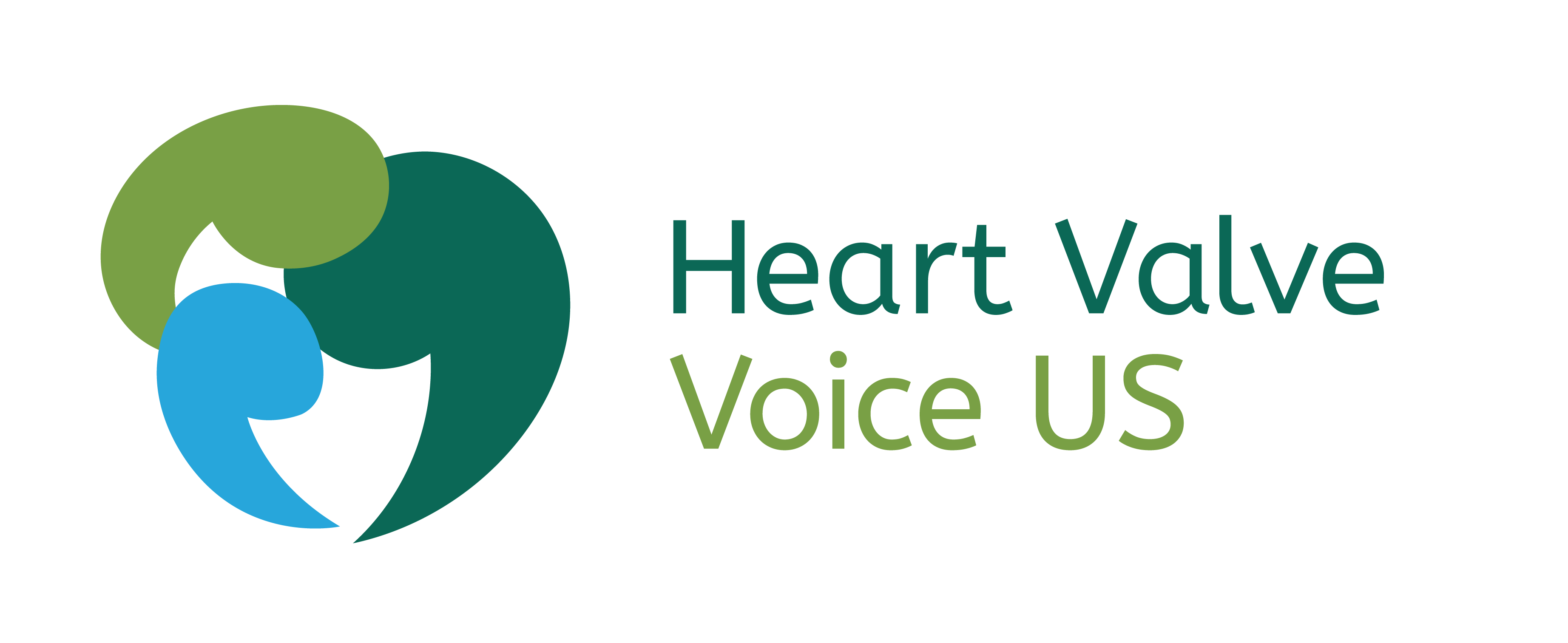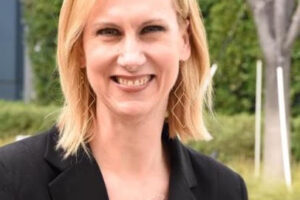
Can you share your experience with heart valve disease?
I am a survivor of heart valve disease. My journey began at a routine physical when my primary care physician detected a heart murmur. Upon being referred to a specialist, I was diagnosed with mitral valve prolapse. I was given the option of taking beta blockers that would “treat” the palpitations that I would occasionally feel but did not attribute to the newly diagnosed heart murmur. I was not comfortable with that diagnosis, so I sought a second opinion.
After several years of annual echocardiograms and screenings, I was diagnosed with a leaky mitral valve. In October of 2012, I was advised that the results of that year’s echocardiogram demonstrated that my mitral valve regurgitation was becoming severe enough that I should consider surgery while I was young and healthy. At the time, I still experienced heart palpitations and fatigue which I attributed to daily stress. However, internally, I began to exhibit signs on my echocardiogram that my left ventricle was becoming dilated as result of the heart working harder to pump the blood that was regurgitating backward, thus not pumping efficiently throughout my body. While I struggled with the concept of having surgery at such an early age, especially being in optimal health, I was advised that a repair to the valve is more beneficial than a replacement. The hardest pill to swallow was the fact that my disease would only get worse as time progressed. After many questions and answers, I scheduled the surgery and decided to have the traditional open heart incision.
“Operation Backward Blood” was the moniker that I chose for my surgery. This was based on my condition in which my heart’s mitral valve doesn’t close tightly, allowing blood to flow “backward” in the heart. If the mitral valve regurgitation is significant, blood can’t move through your heart or to the rest of your body as efficiently, making you feel tired or out of breath. Symptoms often are under diagnosed as they can be attributed to aging, poor physical health or misdiagnosis.
In preparation for my surgery, I researched what I could from the limited resources available at the time, to dispel my anxiety, uncertainty and fears of what I was about to encounter. I also reached out to my surgeon to ask if I could speak to patients that have experienced this procedure similar in age to me.
I had my open heart on June 13, 2023. My recovery wasn’t an easy road. During the first few months of my recovery, I had to have three cardioversions and a cardiac catheter ablation that was caused from the newly developed post-surgical atrial flutter and a-fib.
My participation in the 13 weeks of cardiac rehab became inconsistent as I would arrive for class only to find that my heart rate would elevate as high as 185 beats per minute accompanied by lightheadedness, low blood pressure and fatigue. As a result, this caused great anxiety, concern and disappointment, which was counterproductive to recovering from heart surgery.
It took almost a year and a half for things to improve, yet I committed myself to reconditioning my heart through physical activity. I will be celebrating my 12 year anniversary this June. While Operation Backward Blood has been elevated to “Mission Accomplished” status, one more mission remains. There is still plenty of fight left in me, and it is my personal mission to keep fighting with heart by paying for the love and support that I received from my family and friends, forward to those enduring similar heart journeys, that may not have the support and encouragement from others.
What encouraged you to become a patient advocate?
Giving a voice to heart valve disease is essential to raise awareness for this silent but deadly disease. As I have come to know, heart disease affects 1 in 3 women, and it does not discriminate. When followed carefully by expert medical staff, with treatment timed right, women with heart valve disease can lead normal active lives. I have found that I can maintain my vigorous lifestyle and not be destined to a life of limitations.
Through hard work and dedication to research, education and amazing advances my mission has begun. During my preparations for surgery, I kept a list of tips and tricks from a woman’s perspective that I wish I would have known before heading into surgery. I also created a list of detailed questions for my surgeon. I have shared these resources with other patient advocates. As I have found, medical staff will provide clinical explanations of the heart, but it is the survivors that can help you understand what it is like to prepare and recover.
How did you become involved with Heart Valve Voice US, as well as other heart health advocacy organizations?
My desire to help other patients not experience the loneliness, uncertainty, doubts and fears of the unknowns of valve disease is what motivated me to contact my local American Heart Association. I became a volunteer with the Go Red for
Women advocacy group, followed by a National Heart Valve Ambassador volunteer as well as currently a member of the Patient Support Network. It is through volunteering with the American Heart Association that I met another heart sister who introduced me to Heart Valve Voice US. Both organizations have allowed me the opportunity to continue to pay it forward to like-minded heart patients and care partners.
Why do you think it is important for other patients living with heart valve disease to share their story?
Knowledge is power. We all may have different rhythms, but we are a united heartbeat. Your story may touch one heart, or it may touch many. You never know when your journey will make someone else’s road ahead a little less difficult.
In your opinion, what can patients, health professionals, and advocacy groups do to continue raising awareness about valve disease?
Health professionals can help develop better resources or a “road map” to help guide patients through their valve disease journey.
Patients also need improved shared decision-making tools to help them understand their options and what to expect if a “watchful waiting” is proposed. Patients need to understand the risks and benefits of moving forward with a procedure. Health professionals should also provide resources for emotional support.
From the patient perspective, maintaining communications with your heart specialist is key. Be sure to follow up on any routine echocardiograms or stress tests. It is also important to make yourself a priority when managing a lifetime diagnosis.

